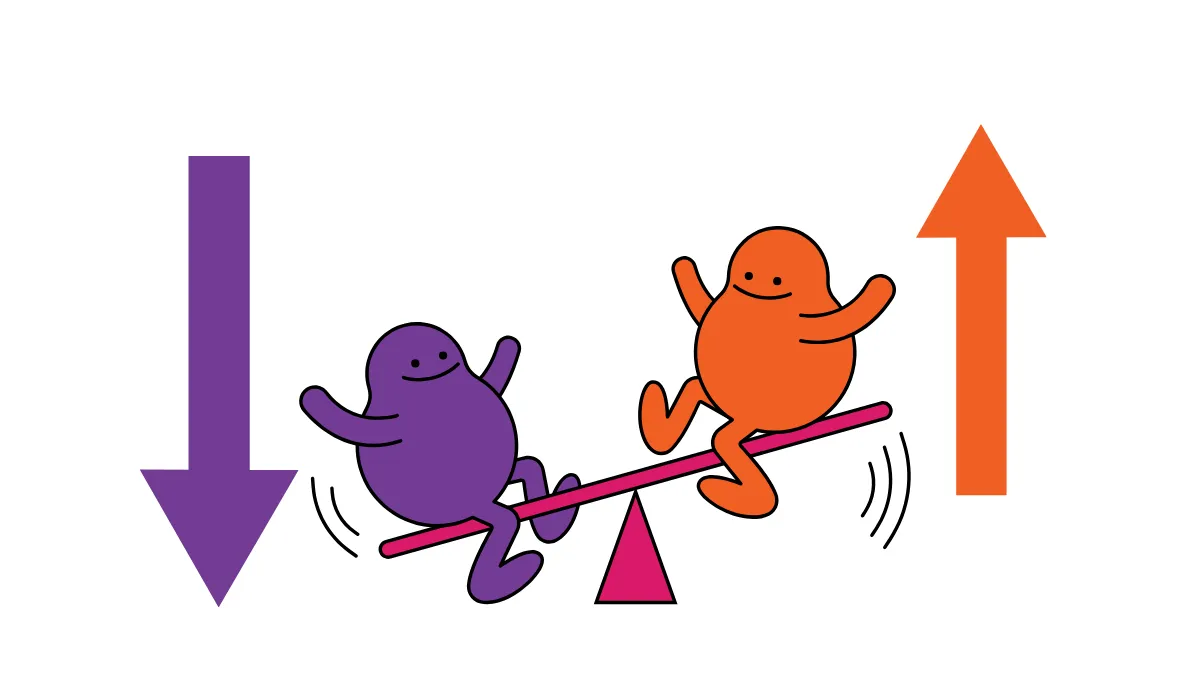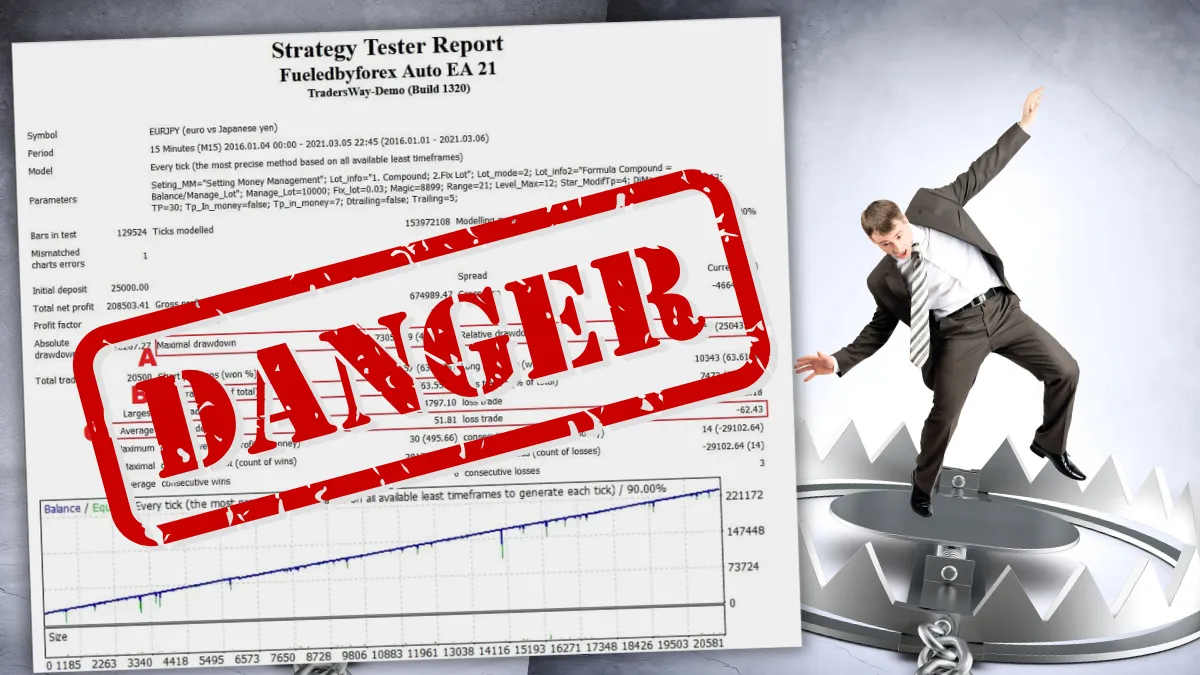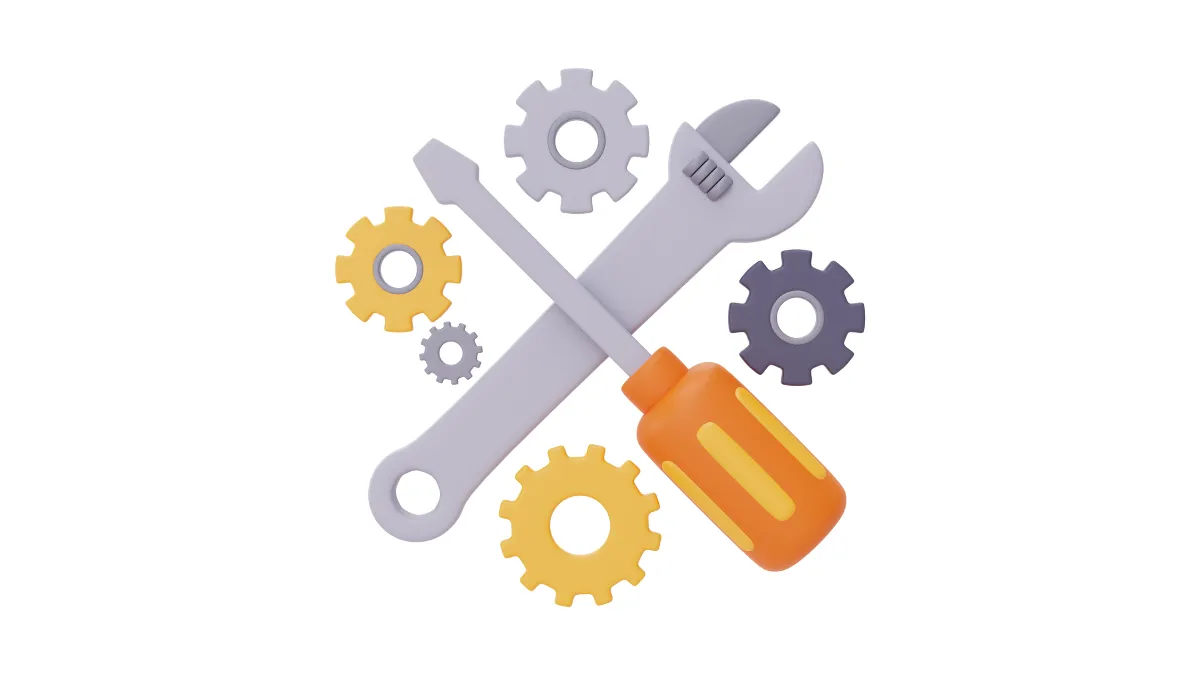The Relationship Between Leverage and Margin
In foreign exchange trading, leverage is closely related to margin. Both are key concepts in forex trading that help investors control larger positions with less capital. Understanding the relationship between margin and leverage aids in better risk management and maximizing potential profits.Definition of Leverage
Leverage refers to your ability to control larger trades with less capital. It is usually expressed in the form of a ratio, such as 100: 1, meaning that every $1 of capital can control $100 of trade. Leverage allows traders to amplify their purchasing power, but it also magnifies potential gains and losses.Definition of Margin
Margin is the amount of capital that the broker requires you to deposit to maintain an open position. This capital acts as a "good faith deposit" to ensure that you can bear the risks of the trade. Margin is not the total capital for trading, but merely a portion of it.The Relationship Between Leverage and Margin
There is an inverse relationship between leverage and margin. The greater the leverage, the smaller the required margin percentage, and vice versa. Here is the basic formula:Leverage = (1 / Margin Requirement Percentage)
Example Explanation
If you want to open a position worth $100,000, and the margin requirement is 11%, then you only need to provide $1,000 of margin. In this case, your leverage is 100: 1, meaning you can control a $100,000 position with $1,000.Leverage and Risk
While leverage can help amplify profits, it also magnifies losses. Using higher leverage means that even slight market fluctuations can quickly expand your losses. Therefore, reasonably controlling leverage ratios and effective risk management are key to successful trading.How to Manage Leverage and Margin?
- Choose Appropriate Leverage:
Beginners should choose lower leverage ratios (such as 10: 1 or 20: 1) to have more room to cope with market fluctuations. - Risk Control:
Set stop-loss points to limit losses, ensuring that your capital remains safe even if the market moves against you. - Regularly Check Margin Levels:
Closely monitor account margin levels to avoid triggering margin calls or forced liquidations due to market fluctuations.
Summary
Leverage allows traders to control larger trades with less capital, but it also increases risk. Margin is the necessary capital to maintain positions, and the inverse relationship between leverage and margin requires investors to be cautious when choosing leverage ratios. Understanding how both operate helps in formulating better risk management strategies for achieving long-term stable trading.Hi, We are the Mr.Forex Research Team
Trading requires not just the right mindset, but also useful tools and insights.Here, we focus on Global Broker Reviews, Trading System Setup (MT4 / MT5, EA, VPS), and Forex Trading Basics.
We personally teach you to master the "Operating Manual" of financial markets, building a professional trading environment from scratch.
If you want to move from theory to practice:
- Help share this article to let more traders see the truth.
- Read more articles on Broker Tests and Forex Education.





